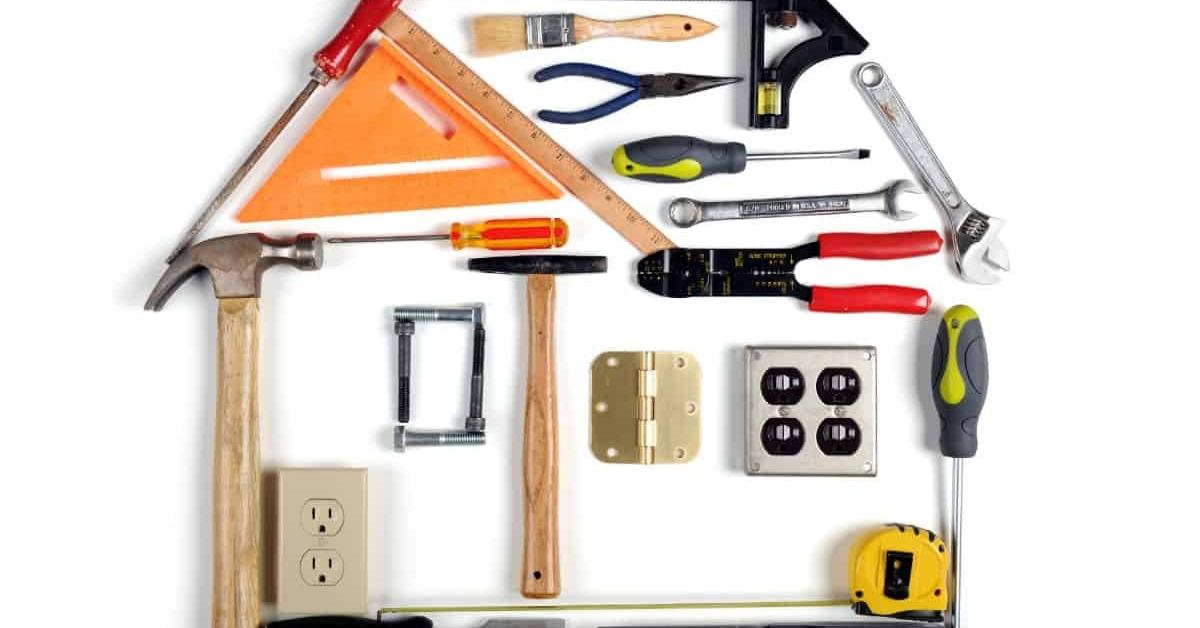DIY is so much more than a money-saving activity for the new homeowner; it is practically a philosophy in its own right, combining the personal growth of learning new skills with the zen of zoning in on a particular project. But everyone has to start somewhere – and that somewhere is generally without tools. As someone embarking on their own DIY journey, what equipment should you be starting with?
Tool Box
First and foremost, you’ll need something in which to store all of your tools and equipment. Not only will the right tool chest keep all your new tools in good condition, but it will also keep other, perhaps smaller members of the family safe from some of the sharp edges that certain tools possess. A big tool cabinet could live in your garage, and house all tools big and small; alternatively, a portable box means you can visit each household project with the right tools for the job.
Tape Measure
This is another ancillary piece of DIY equipment, but one without which almost all projects would undoubtedly fail. Tape measures enable the swift and accurate measurement of dimensions, whether for cutting wood to size for stud walls and fitted cabinets or simply ensuring there is enough room for that new flat-pack bookcase… Do not be caught without one.
Spirit Level
The same goes for this piece of measurement equipment, which is absolutely vital for the fitting of most things to most walls. Spirit levels are a godsend for fitting shelves in particular, but can help you keep a keen eye when sorting skirting boards or adjusting furniture height.
Screwdrivers
Screwdrivers are a quintessential addition to the toolbox, and extremely handy to have around even for non-screw-based situations. A good set of screwdrivers will go a long way in letting you erect furniture and repair appliances, while larger flat-head screwdrivers are excellent makeshift prise-bars.
Spanners and Sockets
Spanners and sockets are less useful in general when it comes to DIY, but they are especially handy to have around if your DIY work extends to your vehicle. There are some edge cases in which nuts and bolts can be found around the home, such as with metal staircases and balconies, but a these will mostly be useful for changing tyres and addressing your car’s engine.
Pliers and Cutters
Investing in a few different kinds of plier and cutter can prepare you for absolutely every eventuality. Needle-nose pliers are useful for fishing fittings and cables out of small places, while cutters can do everything from stripping cable to cutting and crimping materials.
Power Tools
Power tools could constitute a whole other list by themselves, but there are some power tools that are non-negotiable for your home DIY undertakings. One is a decent drill driver; a cordless drill with a hammer drill setting will cover practically every base, from woodwork to masonry drilling. An oscillating multi-tool is useful for cutting into plaster, and for any kind of sanding or buffing job you can conceive.

